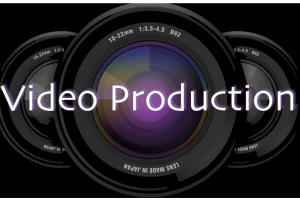Viewers Expect Dynamic Video Editing
 At their most basic, there are two types of videos: Static and dynamic.
At their most basic, there are two types of videos: Static and dynamic.
Static videos have one long continuous shot usually created by a single stationary camera. A lot of amateur YouTube tutorials are static videos shot on an iPhone. While they sometimes impart useful information, they typically are quite boring to watch.
Dynamic videos feature more than one shot. They might include multiple angles of the same subject, shots that move along with the action (known as tracking shots), or even overhead drone video photography intercut with the other shots.
Most professionally filmed videos — including those on TV, on streaming networks, or in films — feature dynamic videos.
The Power of Movement
Generally, dynamic videos are exactly that: Dynamic. They are appealing and interesting to the eye. While the camera is still the viewer’s surrogate, it is freed from a single pinpoint in time and space and allowed to roam free to view the action from multiple angles, distances, and even frames.
Creating dynamic videos requires more work. But they usually are worth the effort because they engage the intended viewer and can even captivate the attention of even a casual observer. For commercial videos, dynamic videos are almost always recommended over static videos.
Professional Video Production
The reason so many businesses settle for static videos shot on iPhones has to do with economy and experience. Or the lack of both. Static videos are fast, cheap, and simple. They can be shot and posted instantly. But very often they fail to capture the genuine interest of the viewer as well as giving a poor, amateurish impression of their creator.
While dynamic videos take longer to produce, tend to be more costly, and typically require at least some professional expertise, the results are almost always worth it. Making real connections with prospective clients or customers can lead to engagement, sales, and long-term profitable relationships.






Comments